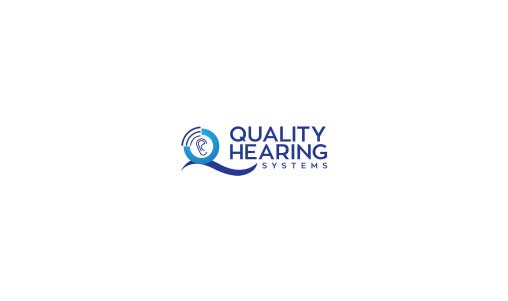Progressing from analog to digital capabilities, hearing aids have now come to the point where audiologists can customize each device depending on the needs of each user. The ability to adjust the volume so that it stays at a comfortable level for the user is a big advancement. Filtering out distracting background noise is another advantage, something that plagued users for many years. From remote controls to omnidirectional microphones, today’s digital hearing aids are considered revolutionary. With advances in the hearing impaired community come strides in the technology meant to serve individuals. Those suffering from hearing loss used to have to rely on an ear trumpet to amplify sound back in the 1800s. Hearing aids went through many versions until the digital hearing aid emerged not too long ago.
Better Connections
The ability to connect better with and hear better are benefits that result from digital hearing aids. Three perks in particular include digital noise reduction, improved frequency transposition and increased range. And now, Bluetooth and other wireless technological services can further add to the overall listening experience.
DNR
Digital noise reduction technology has stepped up the efforts of multi-directional microphones in recent years. Where formerly, these devices relied on separation of speech to create speech modulation and other factors, now they rely on physical traits related to noise and speech.
Single Sided Deafness
Years ago, if you were deaf on one side, you had to contend with background noise and relied on your “good ear” to be able to conduct conversations. Now, technologies like CROS devices and bone conduction devices can receive signals from the good ear and send them to the bad ear so that sound is amplified.
Self-Learning
A self-learning hearing aid? It’s true. Digital hearing aids have the capability to regulate settings like volume so users don’t have to set these factors every time they put on their devices. When you put control into the hands of the user, only good things result.
The First Digital Hearing Aids
Emerging in 1996, DSP was a hallmark of the first digital hearing aids. This acronym stands for digital signal processing, ideal for allowing users to benefit from higher processing speeds. As a result, they could hear better and experience a farther range of amplification.
The Outlook
Thanks to state of the art wireless technology and microelectronics, digital hearing aids are here to stay. Their outlook is good because they offer so many benefits to hearing impaired individuals, from noise reduction to automatic volume setting adjustments.
 Progressing from analog to digital capabilities, hearing aids have now come to the point where audiologists can customize each device depending on the needs of each user. The ability to adjust the volume so that it stays at a comfortable level for the user is a big advancement. Filtering out distracting background noise is another advantage, something that plagued users for many years. From remote controls to omnidirectional microphones, today’s digital hearing aids are considered revolutionary. With advances in the hearing impaired community come strides in the technology meant to serve individuals. Those suffering from hearing loss used to have to rely on an ear trumpet to amplify sound back in the 1800s. Hearing aids went through many versions until the digital hearing aid emerged not too long ago.
Progressing from analog to digital capabilities, hearing aids have now come to the point where audiologists can customize each device depending on the needs of each user. The ability to adjust the volume so that it stays at a comfortable level for the user is a big advancement. Filtering out distracting background noise is another advantage, something that plagued users for many years. From remote controls to omnidirectional microphones, today’s digital hearing aids are considered revolutionary. With advances in the hearing impaired community come strides in the technology meant to serve individuals. Those suffering from hearing loss used to have to rely on an ear trumpet to amplify sound back in the 1800s. Hearing aids went through many versions until the digital hearing aid emerged not too long ago.